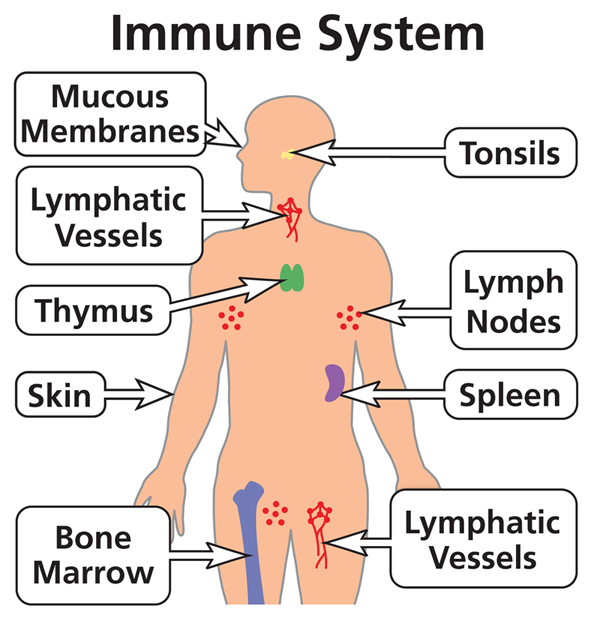Amidst the present COVID-19 pandemic, US officials urge two groups of at-risk individuals to take extra precaution– categorically older Americans and those with pre-existing conditions.

Dr. Jaime Schwartz discusses specific health conditions that put the younger population at high-risk. A board certified physician, he specializes in rare, and often misdiagnosed disorders that compromise immunity such as lipedema and lymphedema.
"During these unfamiliar and uncertain times of Covid-19, it is imperative to stratify the population in order to mitigate the risk of fatality with this novel respiratory virus. Society and the medical community attempts this by citing numerical age such as 65 and over, have chronic illnesses such as cancer, hypertension, lung disease, diabetes, heart disease as well as any other condition or medication that may compromise the immune system. As we take a step back we can probably list many more or even any long-term illness. However, the underlying pathology and risk of fatality is directly related to the immune system" states Dr. Schwartz.
The immune system is a complex defense system with the overall purpose of protecting an organism from disease.
- The lymphatic system is responsible for bringing fluid and other particles that are located in your tissues back into the circulatory system where they can be processed and utilized.
- While doing this the lymphatic fluid passes through the lymph nodes where it gets sampled and gives the body an idea of what is going on in distant areas. If a certain disorder primarily affects the lymphatic system it not only interrupts your body from having a sense as to what is going on but also to stagnation of fluid can lead to a local milieu that is set up for infection.
- Two of the most common conditions that are directly impacted by a dysfunctional immune system are lymphedema and lipedema.
What is Lipedema?
- Lipedema affects approximately 11% of the female population.
- It is a connective tissue disorder that leads to severe inflammation as well as adipocyte hypertrophy and hyperplasia, pain and edema usually in the lower half of the body but can also affect the upper torso.
- Lymphedema affects approximately 10 million people in the United States.
- It is primarily seen in the lower extremities and usually only on one side. It is also seen in the upper extremities especially after cancer and radiation treatments.
Although they are separate disorders they do come together in a severe form of lipedema called lipo-lymphedema (stage 4).
Dr. Schwartz states these processes reduce local immune function which increases the risk of skin breakdown and cellulitis.
Systemically, the immune system is overwhelmed by the chronic inflammation which increases susceptibility to diseases. Furthermore, the debilitating nature of these conditions puts these individuals at higher risk for other conditions and infections.
While it is important to be more vigilant for high risk individuals during this crisis, it is also very important to take a look at some of the causes that create this high risk.
Lymphedema and lipedema are chronic but do not have to become debilitating or increase the risk for any disease if we diagnose them early on and begin treatments in the early stages.
Learn more about Dr. Schwartz at:














